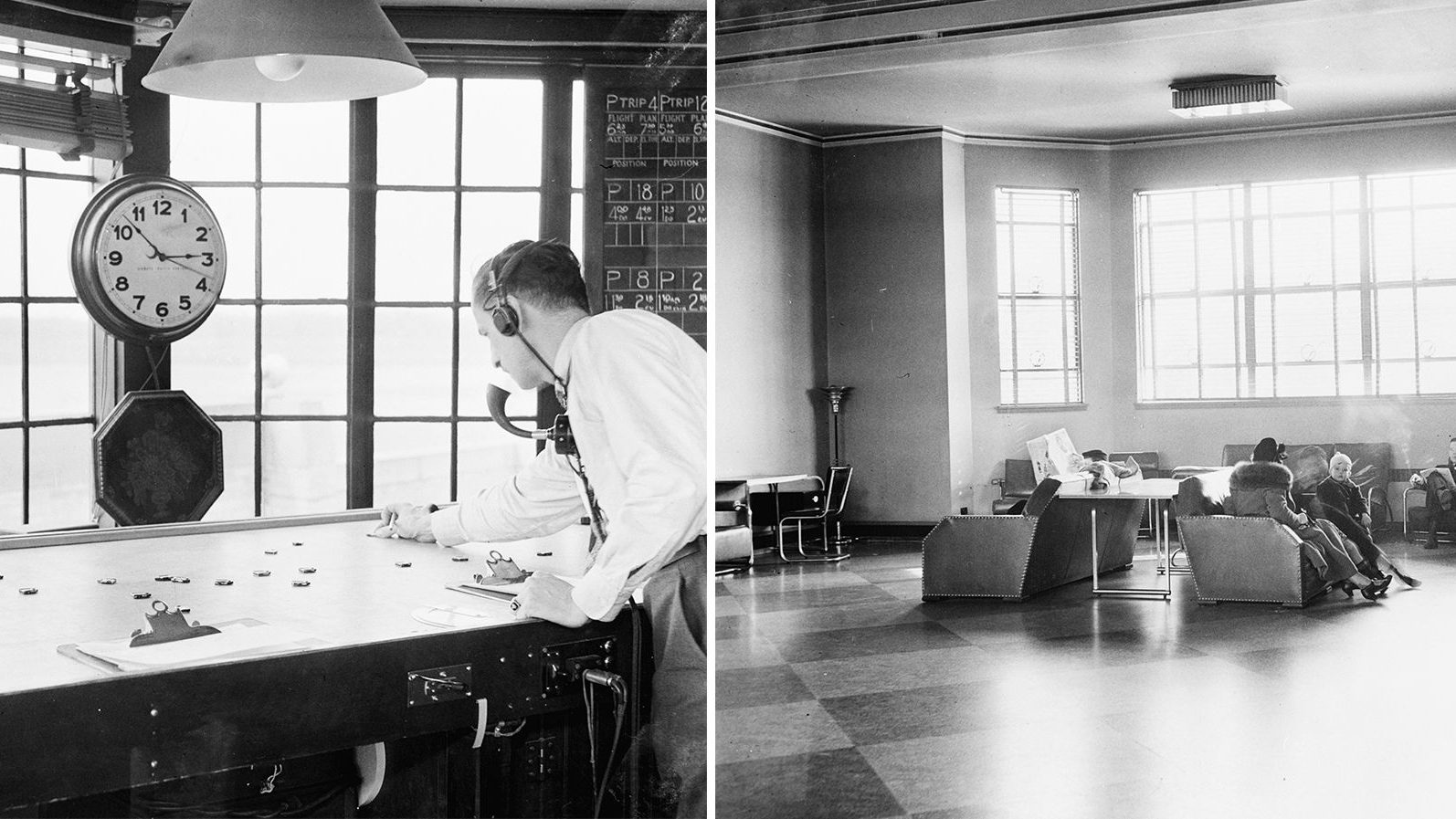During the years following WWII, Cleveland was soaring high. The city’s population was touching 1 million, and it was being touted as the ‘best location in the nation.’ It was because of its proximity to half of the US and Canada and also because of the fact that many large corporations used the city as its headquarters. Among the industries that were powering, Cleveland was aeronautics. The first municipal airport in the country was opened in Cleveland in 1925.

About 22 years later, the airport paved the way for building the first downtown airport; Burke Lakefront along the Lake Erie shore. TRW also called Cleveland home and manufactured aviation and auto parts while also sponsoring the National Air Races of the 1920 and 1930s. In the 1940s, Cleveland became home to a facility for the National Advisory Committee on Aeronautics (NACA) that became the National Aeronautics and Space Administration (NASA) in 1958.

And it was in 1969 that a NASA official in Cleveland announced an idea that seemed quite impossible; building a new airport that was capable of housing the biggest jets that were being made and supersonic transports. The airport was supposed to be a huge transportation hub that would cater to travelers while providing access to all of the transportation that Cleveland was offering. Why was it next to impossible? The airport was supposed to be situated right in the middle of Lake Erie.

The airport that Cleveland already had was opened in 1925, and over the course of years, it had almost gone down the drain. Furthermore, bigger and newer planes couldn’t be catered at the airport. Janet Bednarek who is a history professor at the University of Dayton says, ‘Flying was supposed to be a glamorous thing, but the terminals they were flying out of seemed old, tired, and small. It didn’t fit what flying was supposed to be about. Most airports were out in areas that were becoming increasingly suburban at that point. They were built away from the cities because the land was cheap, but people were moving out to those areas. They had good access—because there was an airport there.’

The biggest issue with airports was the noise. So, when officials tried adding more runways in the 1950s; they were met with huge resistance from people living around the airport. Bednarek says, ‘And of course, by the 1960s, we were absolutely going to be flying supersonic. This idea of building airports in water, away from cities and away from neighbors, was very attractive.’ The proposal for the airport in Lake Erie came from Abe Silverstein. He was a Terre Haute native that NACA had hired from Rose Polytechnic Institute (now known as Rose-Hulman) in 1929.

Silverstein is known as the architect of America’s space program. It was he who had said in 1961 that a moon landing within the decade was more than just feasible. That is why his suggestion of building Lake Erie airport came with quite a credibility. Norman Krumholz, planning director for Cleveland from 1969 to 1979, said, ‘Silverstein was the idea man and the main advocate. It was a big project.’ Silverstein spent two years in secrecy where he worked on a detailed plan for the airport. He announced the project in early 1969 soon after his retirement from NASA. He joined the Greater Cleveland Growth Association, and by that time, Cleveland did need a big boost.

Bednarek says, ‘The city was fighting decline and trying not to fall down the urban hierarchy. In those cases, people turn to big, splashy projects to reverse things.’ The idea being put forth by Silverstein was termed as an ‘Aeronautical Disneyland.’ It called for an island to be constructed about a mile out from the Lake Erie shoreline located just east of downtown. The city would have to construct dikes for constructing the island and fill them using 86 million 1-ton cubic yards of fill dirt that would be extracted from the lake’s bottom.

The proposal by Silverstein was received with a widespread positive response. Governor James Rhodes was actually willing to work on behalf of the project, and so were the Congressional representatives from Ohio. The Press and Plain Dealer, newspapers of Cleveland, also backed the study of the idea. This doesn’t mean that there was no opposition at all. Environmental activists opposed the plan and so did a young firebrand on the city council by the name of Dennis Kucinich. Krumholz says, ‘The consensus was to at least look into it. There were many interested factions.’

Over the next decade, about $4.2 million was spent while studying the feasibility of this project. More than $3 million came from the FAA while the rest was put together by private foundations. A weather station was also set up and tasked with monitoring precipitation, wind, and visibility on the lake. Lake Erie is the shallowest of the Great Lakes. The depth of the lake where the airport was supposed to be built was only fifty feet, but that also meant that the lake was susceptible to waves.

However, the interest in the project died as in 1976 the FAA stated that there was no federal money to pay for the project which would have cost $2 billion. The next year, the US Department of Transportation said that Hopkins would be enough for the transportation needs of Cleveland until 2000. The dream of building an airport on Lake Erie was effectively dead. Krumholz said, ‘It’s a lost opportunity, and in retrospect, the future might have been brighter. Physically, we could have done it.’


